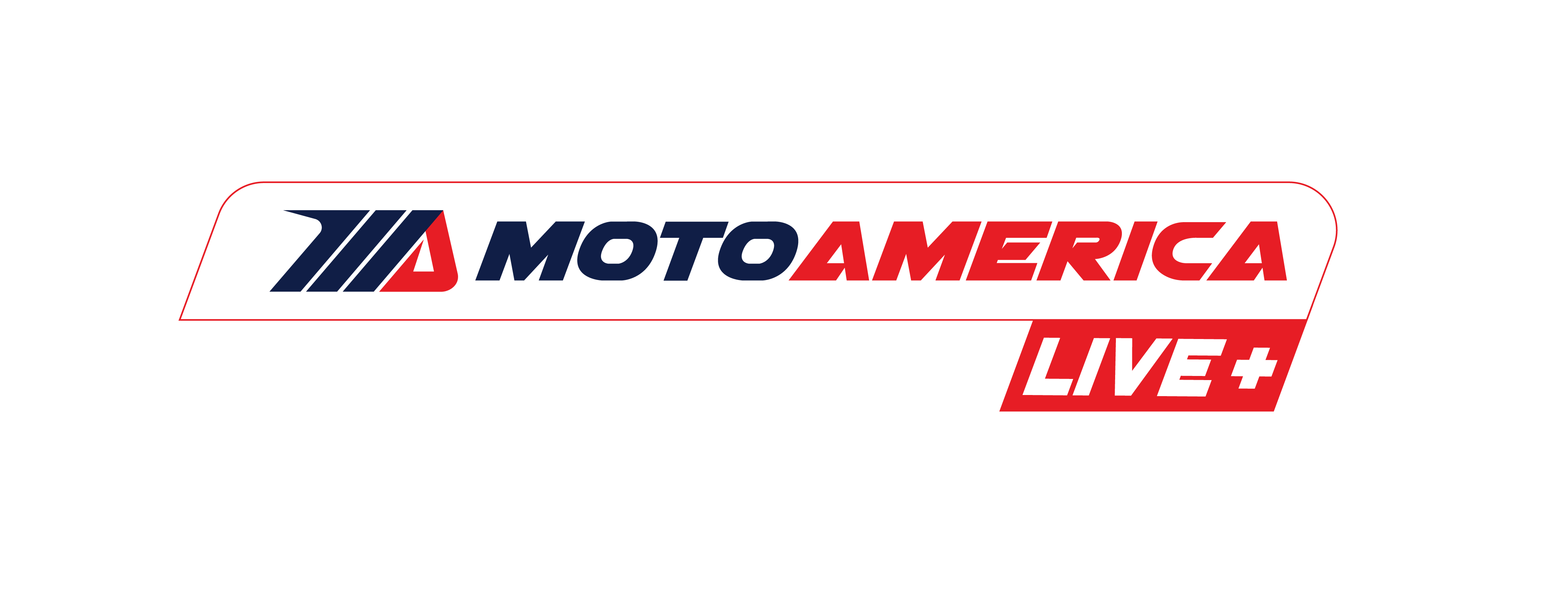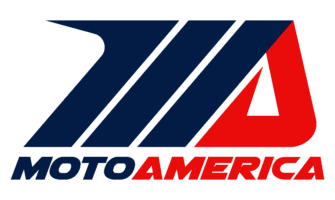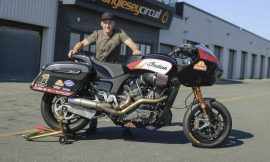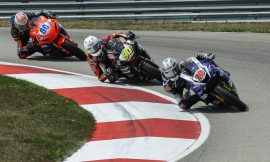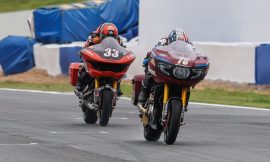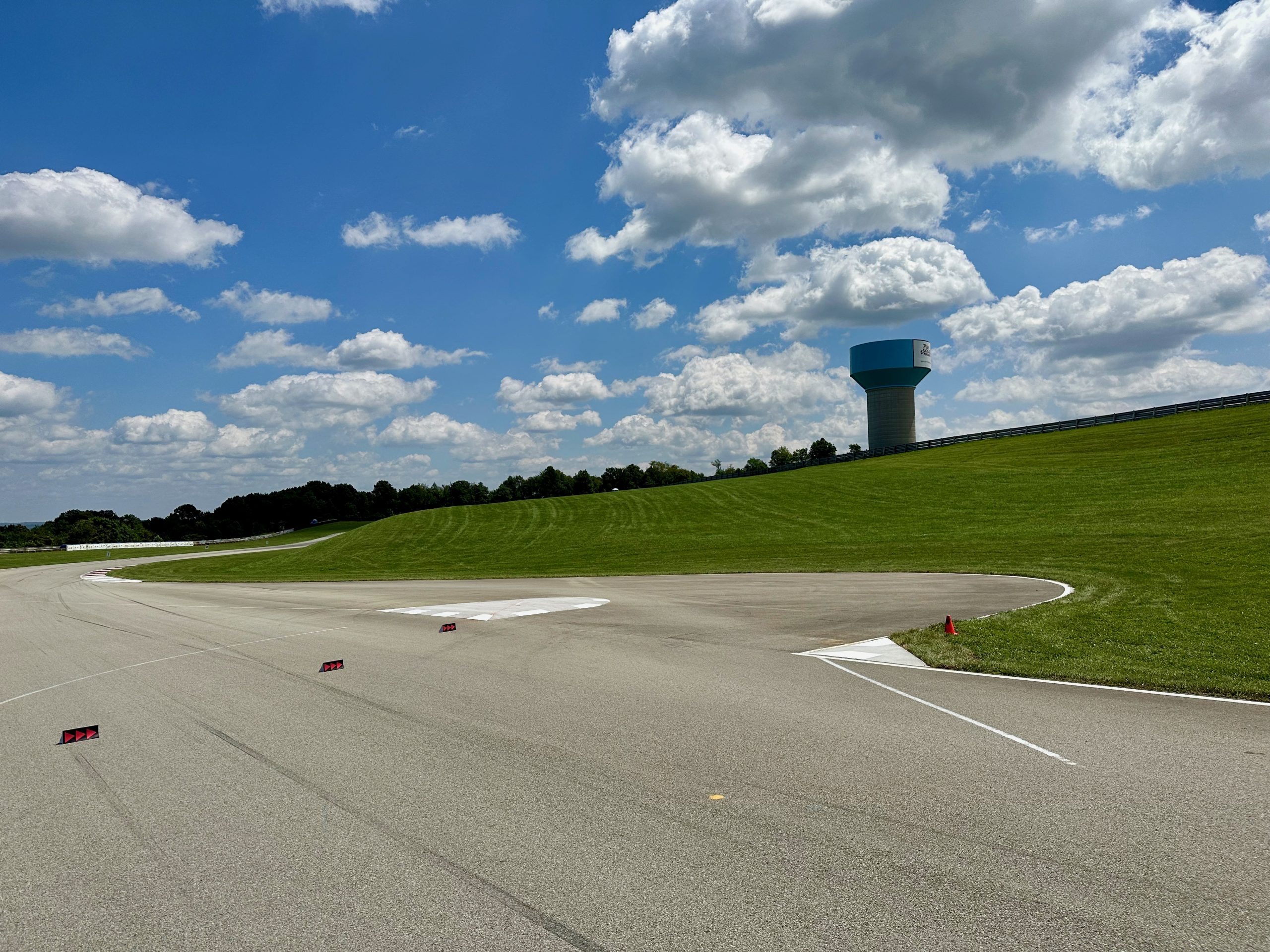
Last night, I had a brief conversation with one of the “regulars” on our “Motorcycle” Discord server. He brought up a subject that seems to be occupying the minds of more than a few MotoAmerica fans going into this weekend’s Superbikes at Pittsburgh event: chicanes. He seemed to be questioning the need for chicanes at our racetracks, and he also brought up the chicane at Ridge Motorsports Park, citing examples of why that chicane is problematic while also suggesting that the newly reconfigured chicane at Pittsburgh International Race Complex is, too.
After I explained the reason for chicanes in road courses—essentially summed up in one simple word, safety—he responded with “Ahh, gotcha. That’s a pretty cool invention.”
Invention? OK, yes, I guess it is an invention.
The English word “chicane” is derived from the French verb chicaner, which means “to quibble” or “to create difficulties.” To create difficulties—how’s that for irony? Its use in print as an English verb dates way back to 1672. The noun form of chicane was first used in English print in 1686. In addition to meaning “deception” or “trickery,” the noun chicane is used to refer to an obstacle or a series of tight turns in opposite directions on a racecourse or even on a public road.
The most common type of chicane is a short, shallow S-shaped turn that requires the rider/driver to turn one way slightly and then turn the opposite way slightly in order to continue on the road, which also requires the rider/driver to reduce speed.
On modern road racing circuits, chicanes are usually located after long straights and placed tactically by circuit designers to prevent vehicles from reaching speeds deemed to be unsafe. A prime example of this is the Tamburello Chicane at Imola, which was placed in 1995 after Ayrton Senna’s death at the original corner.
Several of the road courses on MotoAmerica’s schedule feature chicanes. In fact, the Bus Stop Chicane at Daytona International Speedway, whose name was changed to the Le Mans Chicane in 2022, has been part of the Daytona 200 since 1973. Located at the end of the back straight to slow speeds into the banked final oval turn, the feature was put in place for one reason and one reason only: safety.
That’s the exact reason for the Turn 11 chicane at Road America, the chicane near the end of the front straightaway at Ridge Motorsports Park, the Turn 9 chicane at Brainerd International Raceway, and the newly configured chicane that replaces the previous chicane at the approach to Turn 16 of the 19-turn 2.78-mile Pitt Race road course.
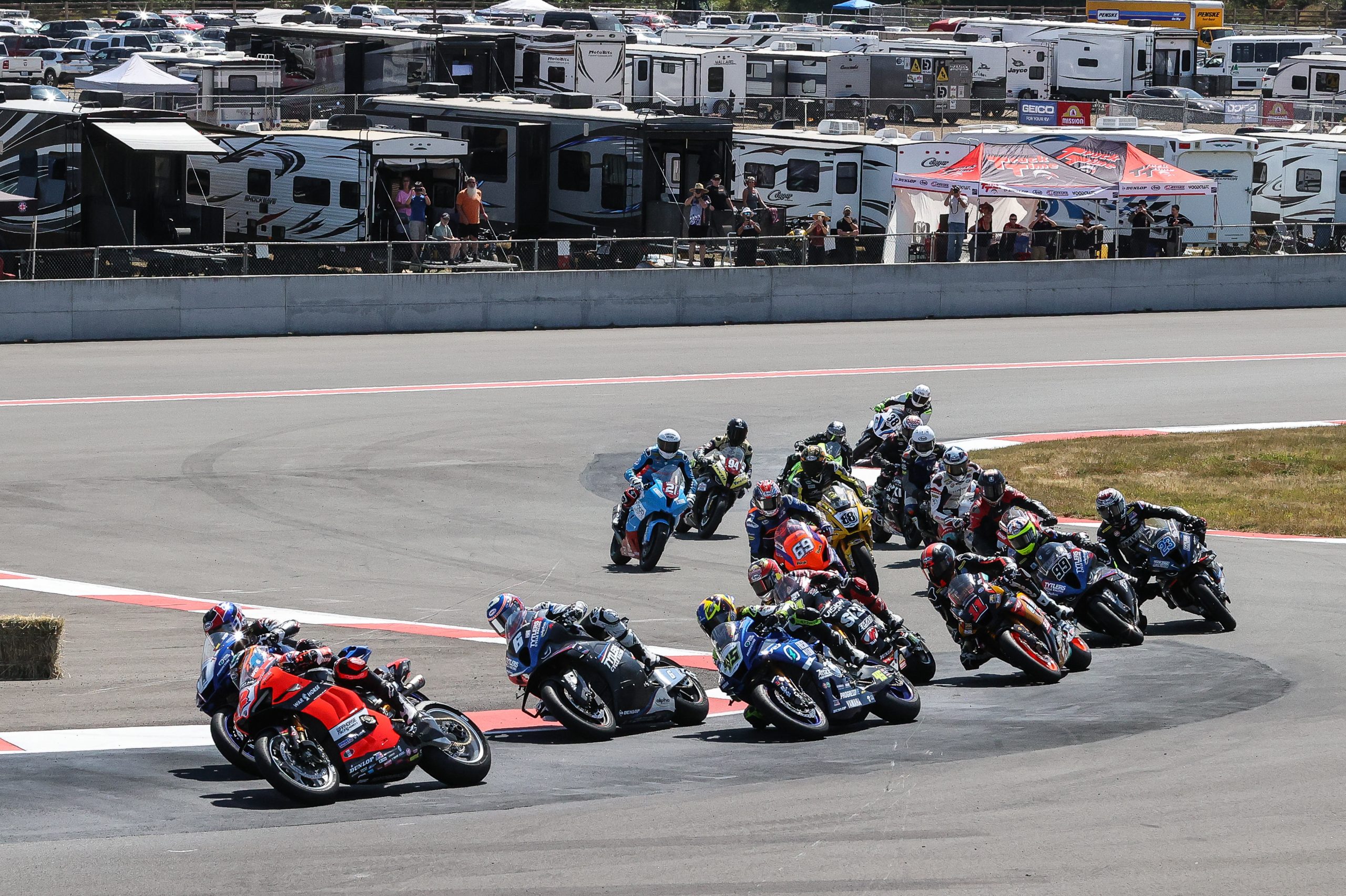
Those chicanes were all put in place to protect the riders from serious injury. Without them, there is a risk that the riders could contact concrete walls or steel barriers. So, the chicanes not only slow the riders down, they also get them pointed in a different direction so that, if they do crash, they will not contact any immovable objects.
The fastest way to get from one point to another is obviously a straight line, and a rider is always going to choose that straight line if it’s available. But, take away the straight line, and they have to follow the road course. In fact, it’s unnatural to not go in a straight line, but the riders have to learn the road course and follow it.
It’s not trickery. It’s safety.
To purchase tickets for MotoAmerica events, click HERE
For information on how to watch the MotoAmerica series, click HERE


